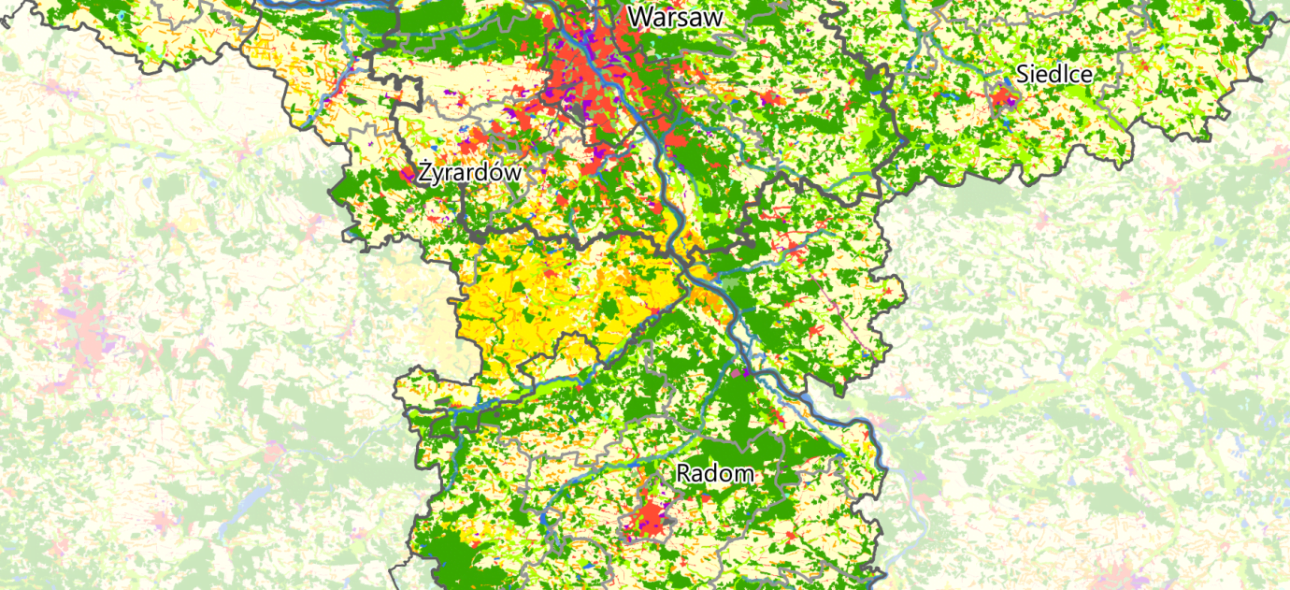
PLUS Changers in the Spotlight 14: The Mazovian Office of Regional Planning (MBPR)
In the fourteenth edition of our series, PLUS Changers in the Spotlight, we introduce the Mazovian Office of Regional Planning (MBPR), representing the Practice Case of the Mazovia Region.
About
The Mazovian Region is represented in PLUS Change by the Mazovian Office of Regional Planning (MBPR), with a head office in Warsaw and local offices in five subregional cities. The MBPR is responsible for preparing key regional policy and land-use planning documents, as well as providing analytical support to the regional authorities and cooperating with local authorities in various aspects of local planning. Their mission is to provide the regional government with solid analytical and strategic information and thus contribute to the region’s balanced and sustainable development.

Project Role
As a practice partner in PLUS Change, they bring insights from a region experiencing rapid urban development with limited regional control. MBPR will focus on analysing land-use changes in suburban and peri-urban areas, particularly around Warsaw and nearby cities. The goal is to propose green belts and corridors using CORINE land cover data, working alongside local authorities and stakeholders to define and implement these plans.
Expectations
MBPR aims to utilise PLUS Change’s scientific analyses to devise an optimal strategy for their region, targeting long-term improvements in quality of life and environmental health through more orderly and sustainable spatial development. This project aligns with Mazovia’s Regional Development Strategy and Spatial Development Plan, supporting goals set by the Regional Assembly to expand public green spaces in urban areas and establish green belts around Warsaw and other cities.
“Just like the PLUS in PLUS Change can be expanded into Planning Land-Use Strategies, the name of our region, MAZOVIA, can also be treated as an acronym, identifying some of the key elements we consider important in the project: Metropolitan Areas, Zoning (Optimal), Vision, Integration and (most importantly) Action.”